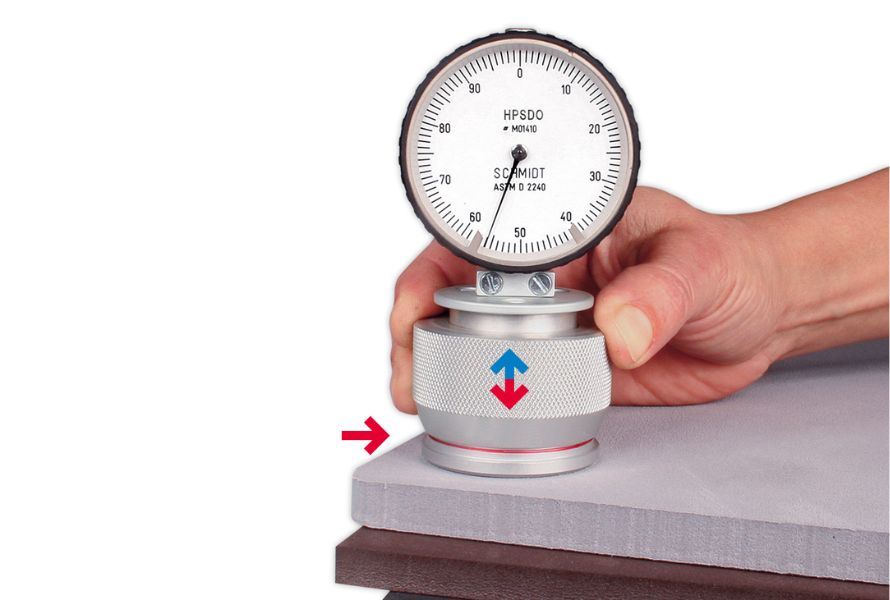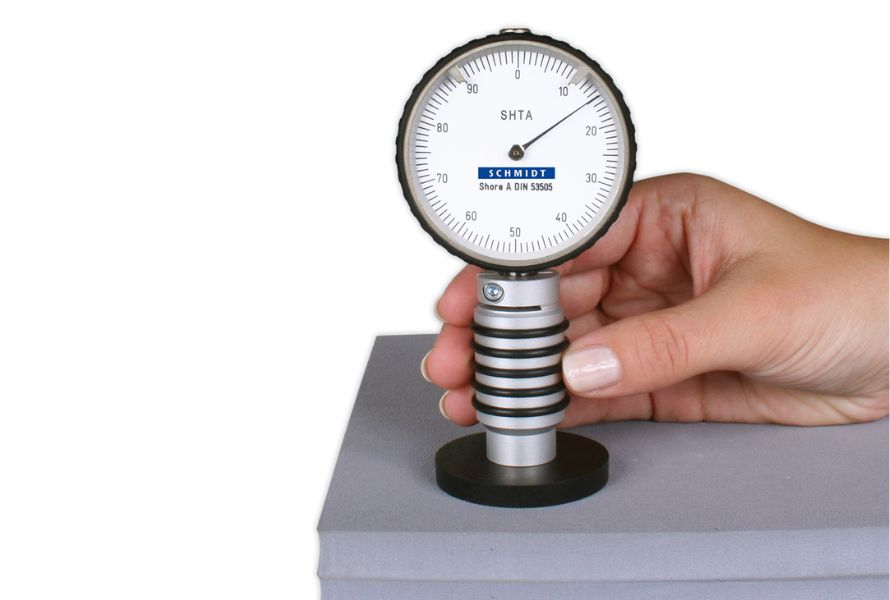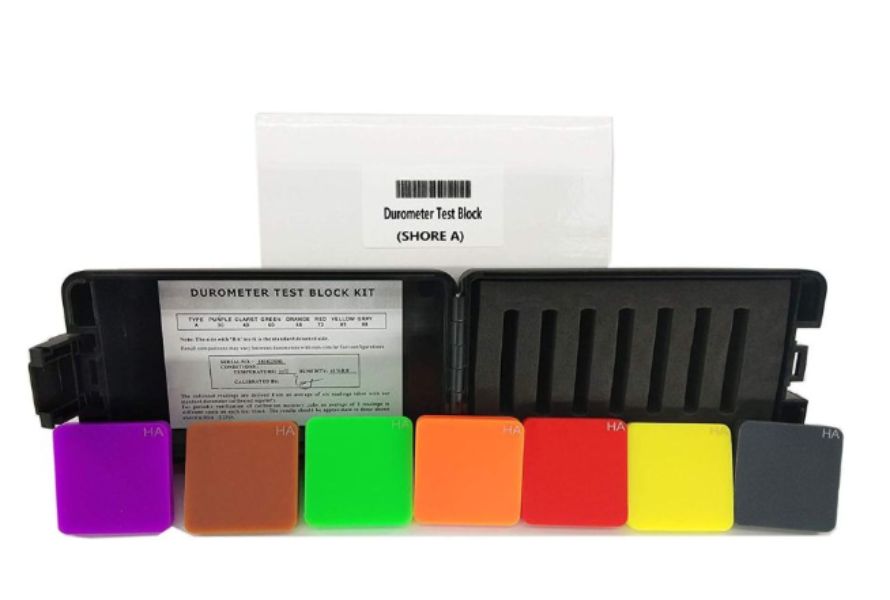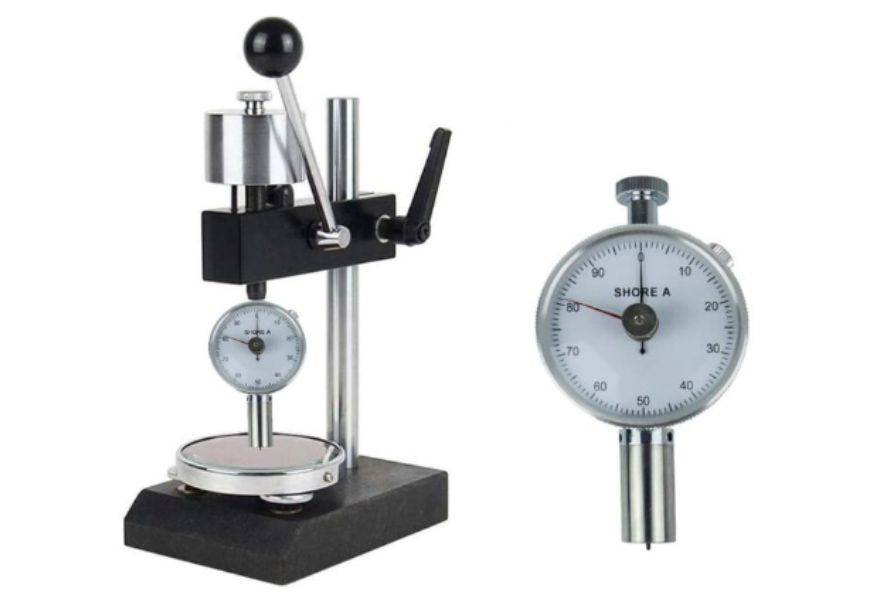Durometer, measured using the Shore Hardness Scale, is a crucial element in the plastic industry. It plays a vital role in evaluating the hardness of plastic materials, thus contributing to the overall quality and performance of plastic products. In this article, we will delve into the concept of the durometer and its significance in the plastic industry.
1. What is a durometer?
A durometer is a measurement device that is widely used to assess the hardness of various materials. It plays a crucial role in industries such as manufacturing, construction, automotive, and engineering. The durometer measures the resistance of a material to indentation or penetration, providing a hardness value that quantifies its mechanical properties.
This hardness measurement is essential for material selection, quality control, and ensuring product performance and durability. Accurate hardness measurements help determine a material's suitability for specific applications, ensure compliance with industry standards, and aid in the development and improvement of products.
Durometer measurements are typically used to measure the hardness of elastomers and certain types of plastics. Elastomers are materials that exhibit elastic properties, such as rubber, silicone, and thermoplastic elastomers. In the plastic industry, a durometer is commonly employed to assess the hardness of flexible or semi-flexible plastic materials. However, it's important to note that not all plastics can be accurately measured using durometer scales. Rigid plastics, such as those used in structural components or rigid containers, may not be suitable for durometer testing as their hardness is beyond the range of the standard durometer scales

One common measurement tool for determining a material's hardness is a durometer
2. Applications of Durometer in the Plastic Industry
2.1. Material Selection
Durometers help in the selection of suitable plastic materials for specific applications. By measuring the hardness of different materials, manufacturers can determine which materials will provide the desired level of stiffness or flexibility for a particular product or component.
2.2. Quality Control
Durometers play a critical role in quality control during plastic manufacturing processes. By measuring the hardness of finished products or components, manufacturers can ensure that they meet the required specifications and standards. Consistent hardness measurements are essential for maintaining product consistency and meeting customer expectations.
2.3. Material Development
Durometers are used in the research and development of new plastic materials. By measuring the hardness of prototypes or experimental materials, scientists and engineers can understand how changes in composition or processing affect the material's stiffness. This information helps in optimizing material formulations and manufacturing processes.

Research and development of novel plastic materials employ the use of durometers
2.4. Production Monitoring
Durometers are employed in real-time monitoring during plastic production processes. By periodically measuring the hardness of materials at different stages of production, manufacturers can identify any variations or inconsistencies that may occur. This enables them to make adjustments to the process parameters and maintain consistent product quality.
2.5. Product Testing
Durometers are used for product testing to ensure that plastic components meet specific hardness requirements. For example, in the automotive industry, durometers are used to assess the hardness of plastic seals, gaskets, and other components to ensure their durability and performance.
2.6. Quality Assurance
Durometers are used as a quality assurance tool to verify the hardness of incoming raw materials or purchased plastic components. By performing hardness tests on these materials, manufacturers can ensure that they meet the required specifications before incorporating them into their manufacturing processes.
3. Type of Durometer used in plastic industry
The Shore Hardness Scale is a widely used system for measuring the durometer. It consists of several scales, with the most common ones being Shore A and Shore D. These scales are designed to evaluate materials with different hardness ranges.
3.1. Shore A Durometer
Shore A durometers are widely used in the plastic industry to measure the hardness of soft to semi-rigid elastomeric materials and flexible plastics. They have a scale range from 0 to 100, with 0 indicating the softest and 100 indicating the hardest material. Shore A durometers utilize a blunt indenter with a 35-degree cone-shaped tip, typically made of hardened steel. These durometers are commonly employed in applications such as rubber products, gaskets, seals, and other flexible plastic components.

Shore A durometers are frequently used to gauge the hardness of flexible plastics and soft to semi-rigid elastomeric materials
3.2. Shore D Durometer
Shore D durometers find extensive use in the plastic industry for measuring the hardness of harder plastic materials, including rigid plastics, thermosets, and engineering-grade resins. Similar to Shore A durometers, they have a scale range from 0 to 100, with 0 representing the softest and 100 representing the hardest material. Shore D durometers are equipped with a sharp indenter featuring a 30-degree cone-shaped tip, usually made of hardened steel. They are commonly utilized for assessing the hardness of plastic components in industries such as automotive, construction, and manufacturing.
4. How the durometer works in plastic industry
Durometers are handheld instruments used in the plastic industry to measure the hardness or stiffness of plastic materials. The measurement is typically based on the depth of penetration of an indenter into the material's surface under a defined force.
4.1. Preparation
The surface of the plastic material to be tested is cleaned and prepared to ensure accurate measurements. Any contaminants or irregularities on the surface can affect the results.
4.2. Selection of Durometer Type
Based on the material's expected hardness, the appropriate durometer type is selected. For example, if the material is soft or flexible, a Shore A durometer may be used, while a Shore D durometer would be suitable for harder materials.
4.3. Application of Force
The durometer is pressed against the material's surface with a specific force. The force applied may vary depending on the durometer type and material being tested.
4.4. Indenter Penetration
As the durometer is pressed against the material, the indenter, which is a cone-shaped tip, penetrates the surface. The depth of penetration is influenced by the material's hardness.
4.5. Measurement and Reading
The depth of indenter penetration is measured, typically using a scale or digital display on the durometer. The reading provides a numerical value that indicates the material's hardness. The value is typically given in durometer units, such as Shore A or Shore D.
4.6. Repeat Testing
To ensure accuracy and consistency, multiple measurements are often taken at different locations on the material's surface. This helps account for any variations or heterogeneity in the material's hardness.

Handheld instruments called durometers are used in the plastics industry to measure the stiffness or hardness of plastic materials
5. Conclusion
Durometer, as measured using the Shore Hardness Scale, is a critical tool in the plastic industry. It aids in assessing the hardness of plastic materials, ensuring quality control, selecting suitable materials for various applications, enhancing product performance and durability, and fostering material development and innovation. By leveraging durometer measurements, manufacturers can produce high-quality plastic products that meet customer needs and drive industry advancements.
For other informative posts, please visit EuroPlas blog or contact us if you want to discuss our products & service!